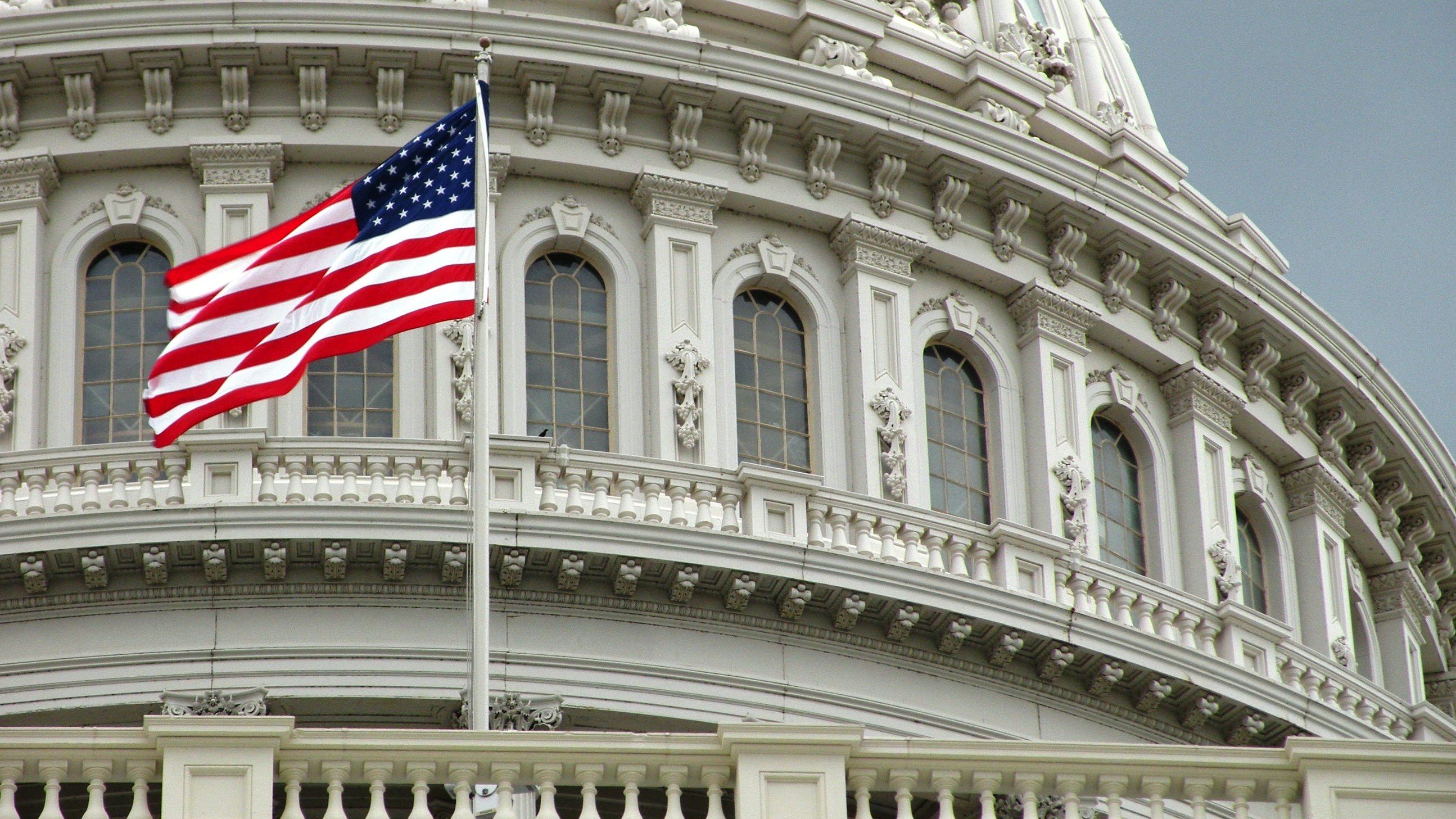- 1 Post
- 4 Comments
That’s fair. I couldn’t find much info on their website, so I assumed this was another make insulin cheap using “biohacking” deal. I don’t have any experience with small molecule synthesis or dry powder manufacturing, so I can’t really speak to how feasible this may be. However, having seen first-hand all the ways simple manufacturing steps can go wrong, the risk of consuming a medication that hasn’t been through rigorous QA/QC makes me very wary.
Apologies for the long post. I don’t mean this as an attack on OP, just trying to illustrate why actually doing this is a bad idea.
I have seen efforts like this in the past, especially centered around efforts to manufacture insulin cheaply. While I get that medicine cost and availability is broken at a fundamental level in the US, the solution is a political one rather than to run a wildcat bioreactor. There is simply no way to safely manufacture biologics using a 3d printed bioreactor. Let’s look at the manufacturing process to get an idea of why.
Staring with the bioreactor, you would need some way to sterilize it before use (not just sanitize, there’s a difference). There are plastic bioreactors that are used in industry, but they are large, single-use bags that are sterilized using gamma or x-ray radiation. Most industry bioreactors are made of stainless steel to withstand the harsh treatment required to re-sterilize them (steam or hydrogen peroxide).
Moving down the chain from the bioreactor, you need some way to remove your product from the harvested liquid. This is usually done through lysing the cells you have grown and then running this lysate through a series of chromatography columns of varying types (affinity, ionic, etc.) to systematically remove all the junk left over from your cellular media and the cells you have lysed. Even if you could (unsafely) grow your cells and drug in a 3d printed bioreactor, you don’t have these kinds of things at home and can’t just get them from Amazon.
However, let’s say that you could get past the purification step, what’s next? You find yourself with a large volume of very dilute medicine suspended in a chromatography buffer. The next step is what is called UF/DF, or ultra-filtration/dia-filtration. This step, paradoxically done DF first, uses filter membranes and large amounts of buffer and some pressure to first swap out the buffer that your medicine is in to the target formulation that you want to inject and then concentrate it down to a manageable volume. If you are working at small scale, then you can probably replace this step with just one filter and a centrifuge. Remember that while you are doing all this, everything that comes into contact with your drug needs to be sterile (even the air).
I think I have made my point, but for actual drugs there are more steps beyond this. Post-UF/DF is what is referred to as drug substance (DS) in the industry. You still need to go through a sterile fill-finish process to get drug product (DP) that is what is actually given to a patient. If you really want, I can go on another long tirade here since this is the step my job focuses on.
I have worked on these manufacturing processes and seen them fail a lot for very hard to catch problems. Without all the in-process controls and testing we do, there would have been serious risks of giving bad DP to patients. If you have read this far, then I hope I’ve convinced you not to give this kind of thing a try.
The real problem this is trying to solve is a political one. We should be advocating for better access to medications and reforming how costs are dealt with. It doesn’t matter what your political persuasion is, I think everyone agrees healthcare in the US is broken and it’s time something is done about it.
- @wjs018@beehaw.org to
 English
English - •
- www.fiercepharma.com
- •
- 1Y
- •



The fine is from an unrelated, earlier incident in Alabama. From what I found on jalopnik:
This incident with Delta that happened in Texas is under investigation.